Delta 3D Printer
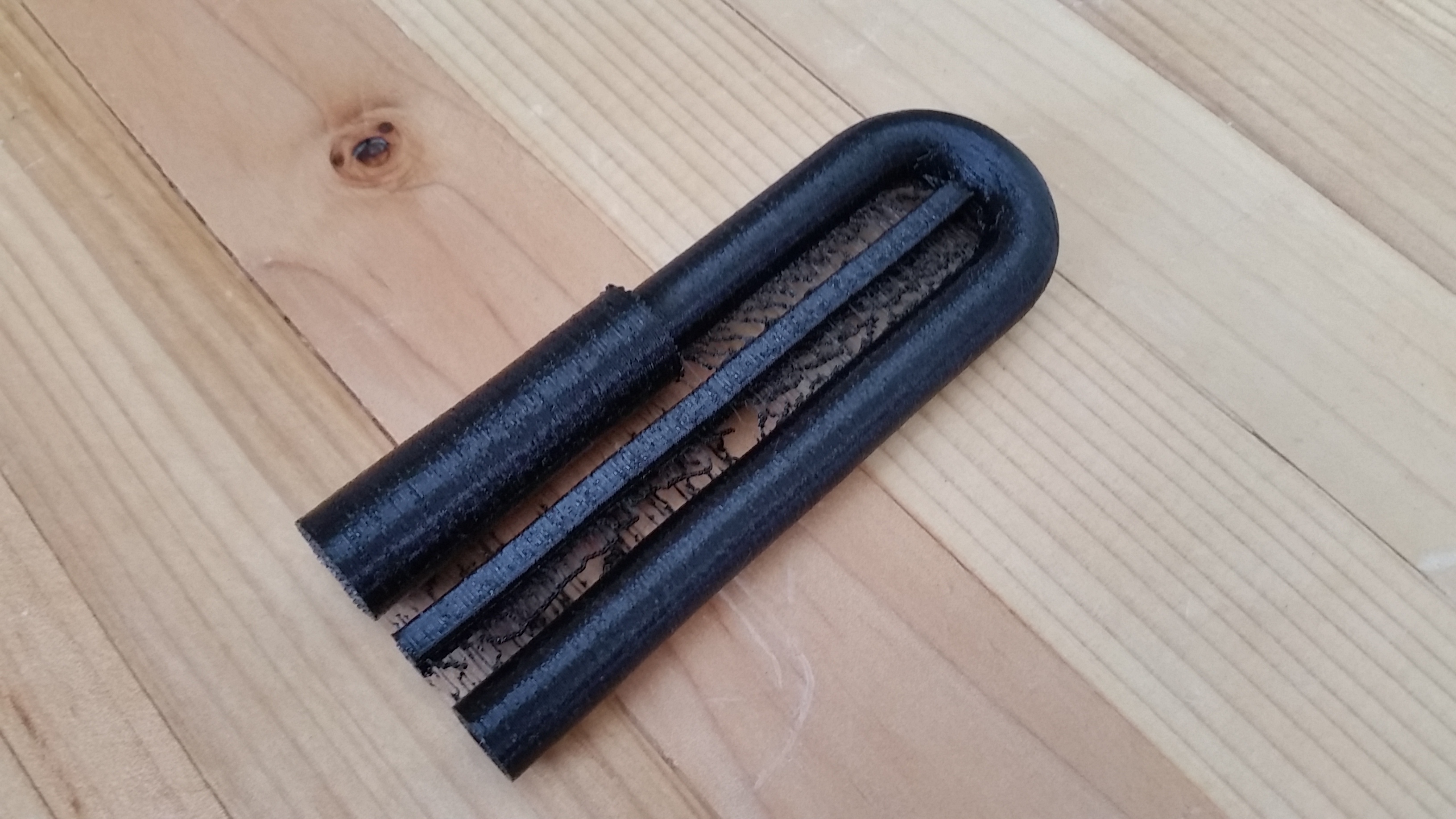
Got a Delta 3D Printer for prototyping various projects. I’m especially excited to fab parts for drones and a desktop aquaponics project I am bringing back to life.
for prototyping various projects. I’m especially excited to fab parts for drones and a desktop aquaponics project I am bringing back to life.
I bought a new Delta 3D Printer kit, aka Kossel. I bought it on Amazon because I figured it would offer the best customer protection should I have a real issue with it. I’ve been in the market for a 3D printer for a while, and have read and watched endless reviews on 3d printers.
UPDATED 2 -14 2018:
Since the time of the original post I have updated all the firmware Marlin, and the calibration functions, including skew adjustments in recent releases have made the printer much more user friendly. As do a whole host of calibration prints with instruction. I have also replaced my rods with ones I fabricated my self for 20 bucks. I was able to ensure they were rigid, higher quality than the original, and absolutely the same exact length. I’ll post on that later.
I’ve used my 3d printer for fpv camera mounts, drone parts, standoffs, tensioners for the 3d printer rods, custom electronic enclosures, LED holders, button mounts, spare and improved replacement parts, and even a couple cake toppers for family and friends.
I chose a delta style printer as opposed to the traditional Cartesian style of printer, because of the compactness, and relative to size, large print area. The Delta Kossel is a RepRap or based on a RepRap principle. It effectively means you can reproduce the majority of mechanical parts(not motors, or extrusions, or circuit boards), thereby using your machine to build replacement parts, or a machine for a friend. Here is more info on that: http://reprap.org/wiki/Kossel
You can read a lot about Delta style versus Traditional Cartesian style printers, but in a nutshell a delta has a few advantages. The printed object never moves, the parts are lighter, the print area to size is larger. Less weight on moving parts can translate to improved accuracy on prints, while also increasing speed. There are some disadvantages however, namely complexity. Calculating angles and offsets, and calibrating a machine can be much more difficult than simply measuring an X, Y, and Z on a Cartesian system.
On the Delta Kossel 3d Printer by FLSUN, the motors, stepper boards, extruder, and other parts are not premium, but they are pretty standard, which is plenty good for most applications. Because the industry is rapidly evolving, I expect to replace some of these parts, possibly with one’s I’ve printed, or fabricated myself anyhow.
If you want a decent 3D printer, don’t mind a project, and are willing to invest time to understand calibrate, and configure hardware and software specific to a Delta, the Kossel Delta 3D Printer by FLSUN is a good option.
If you want plug and play, or the ease of a normal 3 axis Cartesian style printer, then the Delta is not really for you.
Buy it on Amazon or just check it out. Buying through links on the Gardenisto, helps support the site and new content. Thanks.
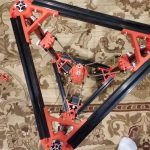
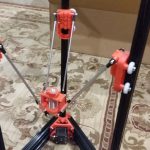
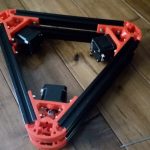
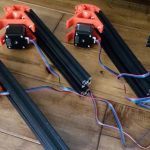
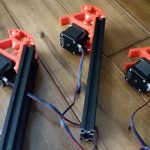
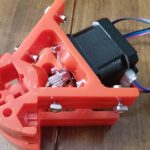
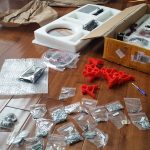
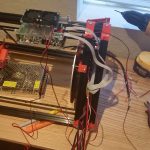
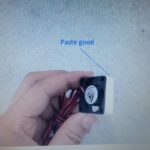
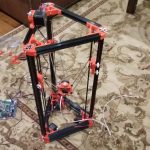


Leave a Reply